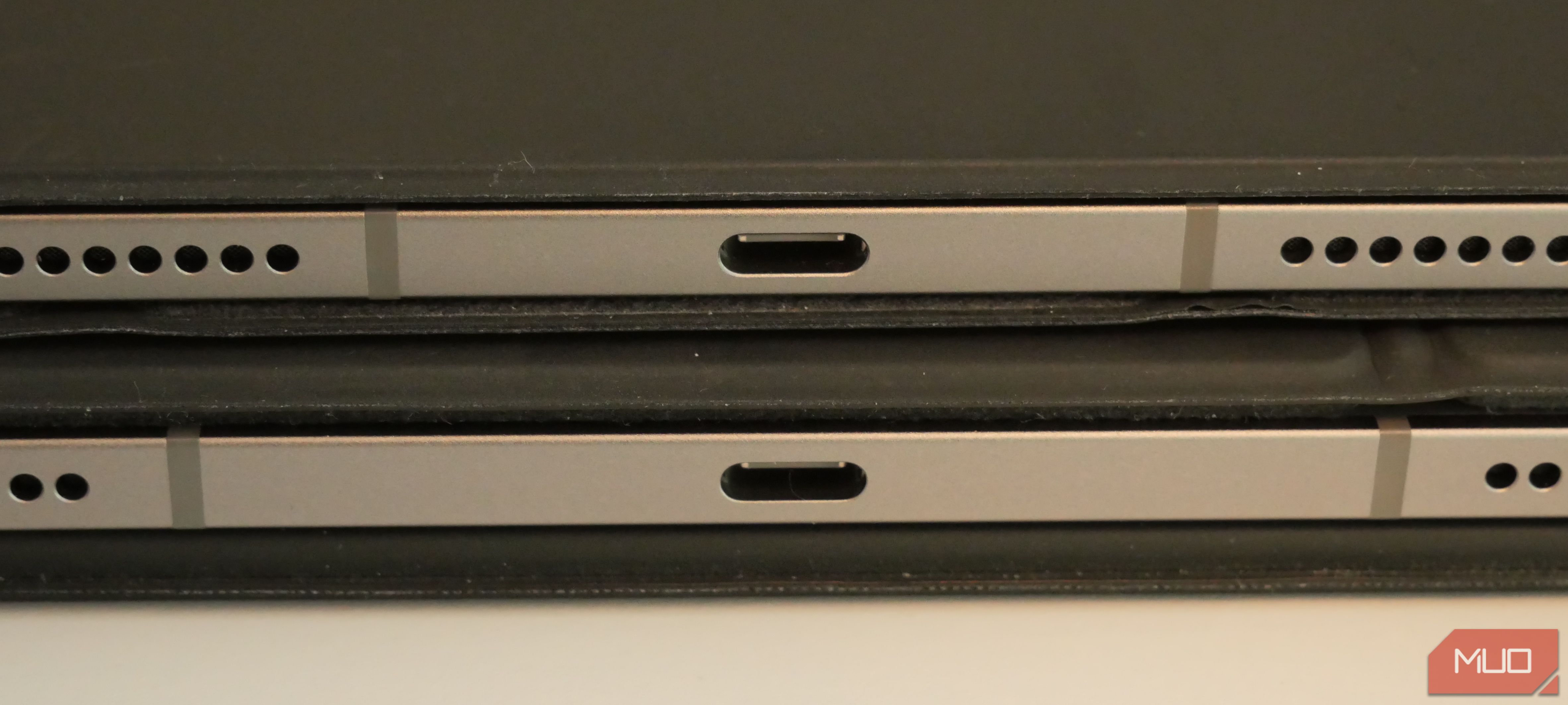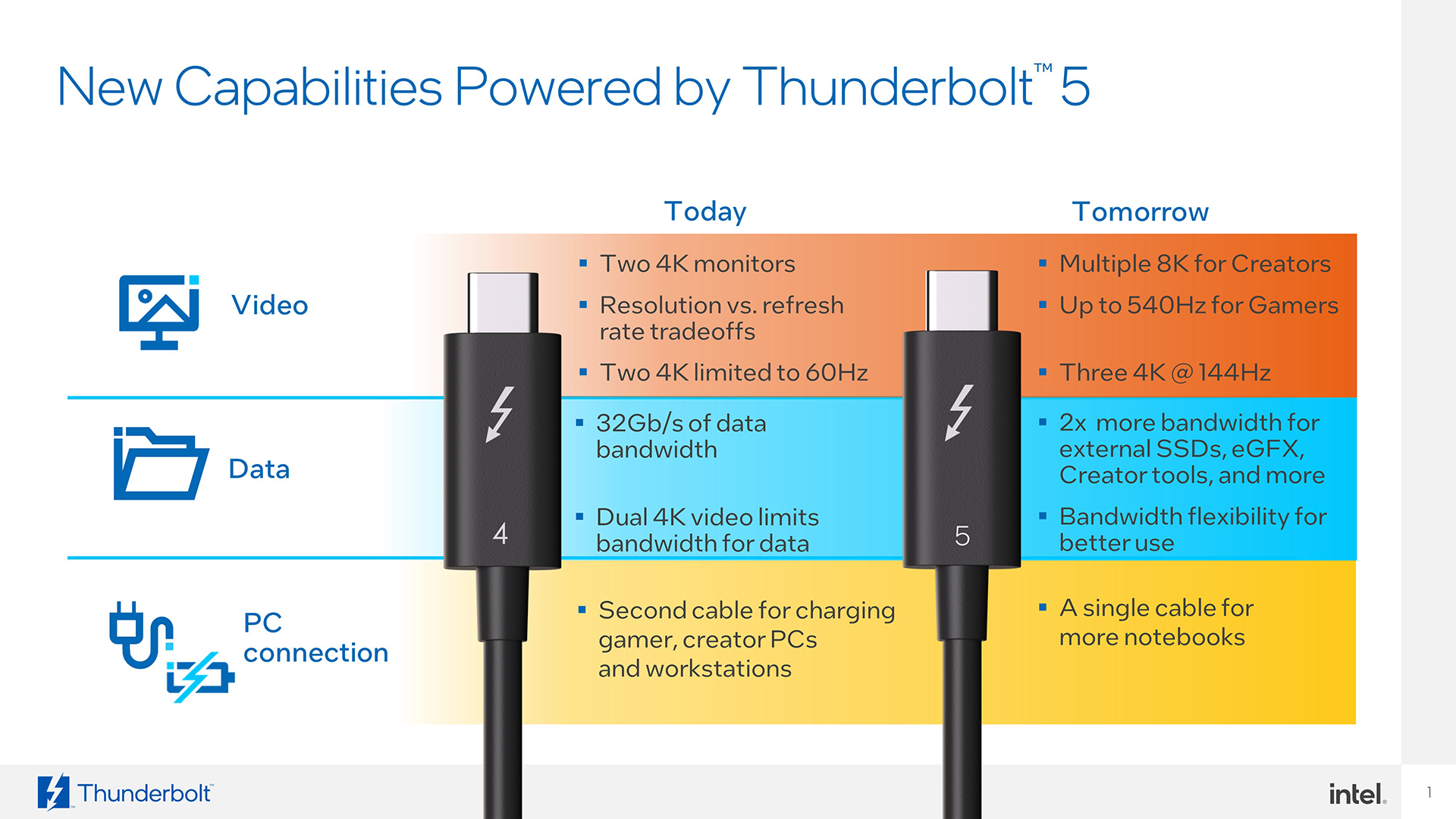Thunderbolt ports have become essential on modern laptops and desktops, but they can be confusing—especially when USB-C looks so similar. However, everything you need to know about Thunderbolt ports is easier to understand when broken down into simple, bite-sized pieces.
What Is a Thunderbolt Port?
A Thunderbolt port is a high-speed communication interface developed by Intel. Initially introduced in 2011, Thunderbolt technology combines several functions into a single port: it can transfer data, transmit video and audio signals, and even power your devices. This makes it popular for connecting external monitors, high-speed storage drives, and docking stations.
One of Thunderbolt’s defining characteristics is its use of the USB-C connector from its third version onward. That means the same port can handle multiple tasks, from high-definition video to fast file transfers, while supporting daisy-chaining multiple devices, perfect for KVM switches and docking stations.
Are Thunderbolt and USB-C the Same?
When looking for a USB, you need to consider two things: interface and protocol. The interface refers to the physical shape of the USB port and connectors, while the protocol describes the features and capabilities of the USB connection.
While the latest versions of Thunderbolt use the same USB-C connector, they are not the same as USB-C. USB-C refers to the interface or the physical shape of the port and cable, while Thunderbolt is a protocol that uses the interface to deliver more advanced features.
Aside from Thunderbolt, other protocols can be used with USB-C, such as DisplayPort (DP), which provides connection capabilities for 16K video support; Power Delivery (PD), which enables up to 240W of power, and the standard USB protocols, such as USB 3 and USB 4.
What’s great about a USB-C Thunderbolt port is that it essentially combines the features of DisplayPort, Power Delivery, and the latest USB standard, plus features only available with Thunderbolt. This simplifies things, as a single Thunderbolt logo on a device already signifies support for some level of DP, PD, and high bandwidth data transfer. Essentially, Thunderbolt ports are USB-C ports with the latest features. They offer faster data transfer rates, better video performance, and additional features like daisy-chaining, which USB-C alone cannot do.
Thunderbolt 3 vs. 4 vs. 5: What’s the Difference?
Now that you know that USB-C is a type or version of the USB interface, what about Thunderbolt? Are there different versions of the protocol?
At the time of writing, most Thunderbolt devices use either a Thunderbolt 3 or 4 protocol. Thunderbolt 5 is also on the way and is expected to become common in mid-2025. It was launched in 2023, but the first Thunderbolt 5 hit the shelves mid-2024. You can identify which Thunderbolt version a device or connector supports by the number indicated near the Thunderbolt logo. However, some devices may not indicate a number. You’ll have to look at the provided spec sheet or search for it online.
Each new version of Thunderbolt improves speed, video capabilities, and security. Let’s break down the key differences between Thunderbolt 3, 4, and the upcoming Thunderbolt 5.
|
Feature |
Thunderbolt 3 (2015) |
Thunderbolt 4 (2020) |
Thunderbolt 5 (2024) |
|---|---|---|---|
|
Max Speed |
40 Gbps |
40 Gbps |
80 Gbps (bidirectional), up to 120 Gbps in special cases (uni-directional) |
|
Video Support |
Dual 4K or Single 5K Display |
Dual 4K or Single 8K Display |
Supports higher-res displays, up to 3x 4K or dual 8K displays |
|
PCIe Data Transfer |
16 Gbps |
32 Gbps |
64 Gbps |
|
Power Delivery |
Up to 100W |
Up to 100W |
Up to 240W |
|
Daisy-Chaining |
Yes, up to 6 devices |
Yes, up to 6 devices |
Yes, up to 6 devices with better performance |
|
Security |
Basic |
Adds DMA protection |
PCIe tunneling |
- Thunderbolt 3 introduced USB-C connectors, offers 40 Gbps transfer speeds, and allows connection for multiple devices, but its PCIe transfer rate was limited to 16 Gbps.
- Thunderbolt 4 didn’t improve speed but doubled the PCIe data transfer to 32 Gbps and enhanced security with DMA protection.
- Thunderbolt 5 promises a significant boost, with speeds up to 80 Gbps or 120 Gbps for specific cases, making it ideal for high-end video and graphics use.
While Thunderbolt 4 didn’t increase speeds compared to Thunderbolt 3, it improved security, reliability, and video capabilities. Thunderbolt 5, however, promises a leap in performance, especially in bandwidth for video and graphics-intensive tasks.
Can Thunderbolt 3, 4, 5, and USB-C Be Used Interchangeably?
Yes—but to an extent. All Thunderbolt 3, 4, and 5 ports are backward compatible with USB-C. This means that if you plug a USB-C device into a Thunderbolt port, it will work, but only at the slower speeds and lower capabilities of USB-C.
Here’s how the compatibility works:
- Thunderbolt 3/4/5 ports: These can handle USB-C devices, but the performance will be capped at USB-C’s maximum abilities. For example, a USB-C external drive might work but only at 20 Gbps instead of Thunderbolt’s 40-120 Gbps.
- USB-C ports: On the other hand, if you plug a Thunderbolt device into a USB-C port that does not support Thunderbolt, you won’t get Thunderbolt speeds or features. Essentially, it will behave like a regular USB-C connection.
It’s important to note that not all USB-C cables can handle Thunderbolt speeds. You’ll need a certified Thunderbolt cable to unlock the full potential of Thunderbolt ports. Moreover, Thunderbolt 4 and USB4 cables are interchangeable, but you must ensure the cable is certified for the higher speeds.
If you’re choosing between Thunderbolt 3, 4, or waiting for Thunderbolt 5, it depends on your needs. Thunderbolt 4 offers more security and video output capabilities than Thunderbolt 3. Still, if you’re looking for cutting-edge graphics and data transfer performance, you’ll have to wait for Thunderbolt 5. However, don’t forget that all these ports are backward compatible. For cables and single-piece adapters, don’t hesitate to get one that’s using Thunderbolt 4. However, for more expensive devices such as laptops, phones, and even KVMs and docks, you may want to wait for Thunderbolt 5 to future-proof your setup.



